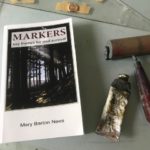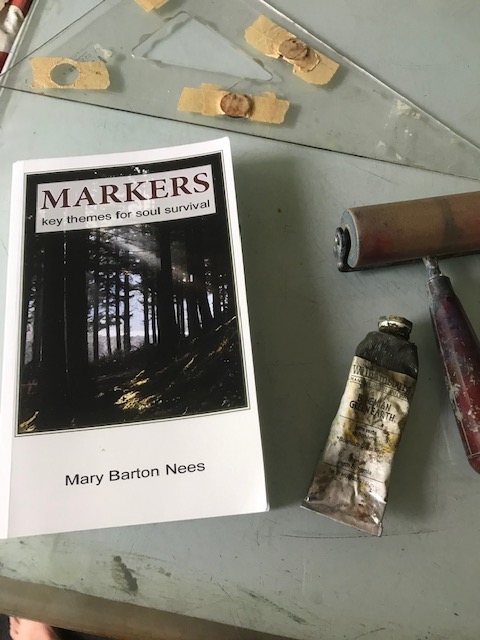We know of Van Gogh’s particularity, his struggles and his needs through the regular letters he sent to his sympathetic brother Theo. Without that written record from Vincent’s own hand, we might have guessed some by simply looking at his images. Like a blind man feeling the walls of a soul with fingers, we could have surmised from the artist’s visual leavings, but never would’ve been specifically sure of the man.
Vincent’s 2D exuberance is evident: his promiscuity with paint and brushwork, his exaggerated sometimes garish color, his bold and roiling sketches, his animated skies, his grasping cypress trees, his bandaged and somber self portrait all suggest much about this emotional man. He’s left an incredible legacy just from this record. But his letters tell more the whole of him, and our guessing gets grounded. I’ve read through the complete collection of his letters twice and referenced it often. My college copy is marked up with highlights, underlines, exclamation marks and turned down pages. I was stunned then and am still– getting close to his motivation through his own often tortured telling. His words anchor the story.

It’s the effort of articulation with words that anchors anyone’s ideas. This is where guessing has to give way. Poetry might give a fleeting suggestion. Painting or photography might allure with a silent witness. But prose leads with particularity. And it was for that reason that I thought it important to leave a record of words beyond the images I craft from my studio. My book Markers; Key Themes for Soul Survival has been out for two years now. The same motivation that moves me to paint is more specifically laid out with words. And like the paintings, my fingerprints are all over it– but it’s ultimately not about me, more about what it is that’s moving me.
